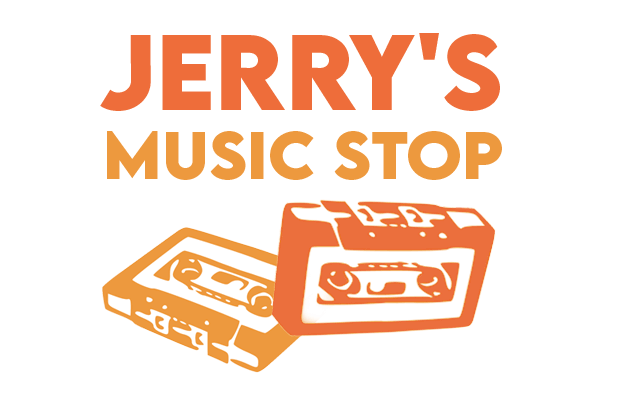There’s just something about vintage home stereo equipment that screams “Old School”. From the metal and wood receiver chassis that comes along with meters to the two monolithic speakers that bring your music to life. It’s the classic nature of the receiver and the designs that just stand out.
Some modern home stereo equipment is just an upgrade of the vintage ones, with a few adjustments in weight, design, and capacity. How does this gear stack up to the modern designs?
Vintage stereo amplifiers and receivers
The vintage amplifiers were heavy. The weight was one of the methods of distinguishing the original from the fake ones. The majority of the weight was from the transformers inside. Those transformers allow the amplifier to drive the demanding speakers easily and give room for the system to run at a high current.
Most vintage amplifiers used Class A or B amps, which were more efficient than the Class A amps. The vintage amplifiers were also known for their power output. In the 1970s and 1980s, manufacturers kept increasing the output capacity of the amps till they hit 270 watts per channel.
Vintage amps were overbuilt for a reason. Over building the amplifier ensures amp life for most of the internal components. Because these amps are hardwired, they are more user-serviceable and less expensive to repair.
Vintage speakers
Just like vintage amplifiers, they were overbuilt and had weight. Thick wood cabinets were designed to keep the internal resonance from coming out.
Modern amplifiers and receivers
In recent years, there has been a change in audio systems with the main focus being on being super convenient. There had been a demand for hi-fi stereo gear.
Modern amps use Class A/B amps with massive improvements in transformer technology and circuity. Modern amps have less distortion than vintage ones, so you can worry less about any distortion going out.
With modern amplifiers, you gain more connections. This makes the sound more precise and clear.
Modern speakers
Decades of studying audio and sound have led to advancements in how speakers are built and how they sound. Speakers now have a uniform layout with finely tailored distortion patterns. Modern-day speakers are more speedy, articulate and delicate in their sounds.
Modern brands with vintage heritage
With the technological advancement during the past few years, it’s not a new thing that some brands have been around for a while now. They are known for giving a perfect blend of contemporary internals and classic parts. Some notable amplifier brands are: Yamaha, McIntosh, MAC, Rotel, Leak audio.
Vintage vs. modern home stereo
Modern home stereo is definitely the updated version of this equipment, but classic home audio just gives that elegance and chills when listening to music.
